Natural stone Travertine - what is it?
Natural stone Travertine - what is it? Travertine is a natural sedimentary stone that is formed by chemical processes, mainly associated with the precipitation of calcium carbonate from groundwater. It is one of the types of limestone, characterized by a porous structure and often found in shades of white, beige and brown. Travertine can be used in both construction and interior finishing, due to its aesthetic properties and durability. It is widely used in architecture, especially in places where it is important to achieve an elegant appearance and durability of the material. It is used in the form of blocks, slabs, tiles, but also in the form of decorative elements, such as columns or architectural details.
Natural stone Travertine - how is it formed?
Travertine is formed by sedimentary processes, when ground water rich in calcium carbonate precipitates this component at the surface or in caves. Water with a high mineral content, flowing through porous rocks, forms sediments in the form of calcium carbonate. After some time, this process leads to the formation of stone, which hardens over time and forms a characteristic porous structure. Thermal water and minerals in groundwater can also affect the formation of unique patterns, including veining, which become visible in the stone structure. Often these forms are the result of changing water flow, which creates different color and textural layers in the stone.
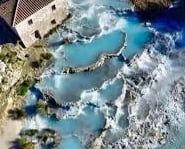

Travertine - color and shades of sedimentary stone:
Travertine comes in many different shades, from white to beige to browns and grays. Each of these colors is the result of the various geological and mineralogical conditions that exist where it is formed.
Bianco: This is a light, almost white travertine, ideal for elegant and modern interiors. It is extremely popular for its purity and subtle aesthetics.
Ivory: A cream or beige color that gives a warm, cozy look. It is one of the most popular shades of travertine for interiors and exteriors.
Navona: A travertine shade of broken white with a beige undertone. It is very popular, especially in projects that require a natural, timeless look.
Beige: A very delicate, subtle color, often used in classic interior designs. It gives the space a lightness.
Light and dark gray: In shades of gray, travertine can take on both a lighter tone and a darker tone, similar to graphite. It is often found in modern interior designs and on building facades.
Silver light and dark: Silver shades, ranging from light to dark, which add elegance and subtlety to a space. Used in more modern or industrial settings.
Green: Travertine in a shade of green is rarely seen, but is an exceptional choice. This color can be created by the presence of minerals such as copper.
Classic (Classico): A brown-colored travertine that comes in shades ranging from light to dark. Its unique appearance, with its characteristic veining, is prized in classic projects.
Noce: This is a dark brown travertine, often found in luxury interiors. Its deep color is the result of a long mineralization process.
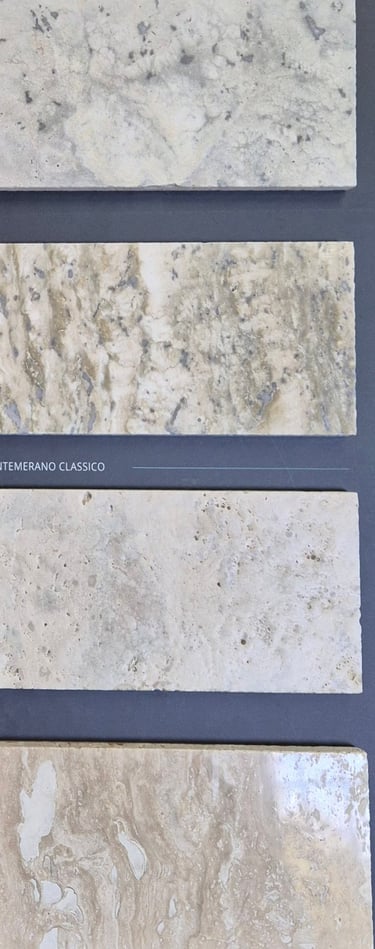



Natural stone Travertine - where does it occur?
Travertine is found in various parts of the world, but especially in countries with warm climates. Italy is one of the main places where travertine is mined. Regions such as Lazio, Umbria and Tuscany are known for their rich deposits of this stone, which was used in ancient times to build impressive structures such as the Colosseum in Rome. In addition to Italy, travertine is also found in Turkey, Iran, China, the United States (especially on the U.S. West Coast) and Mexico. Today's deposits are used both in stonemasonry and for the production of building materials such as tiles or slabs.
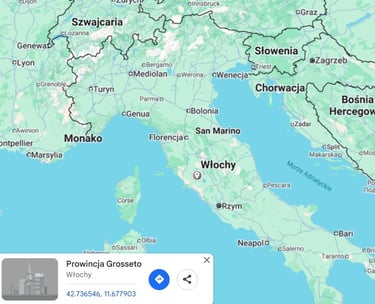

Travertine - use in construction:
Travertine is a valued material in construction, especially in classical and modern architecture. Due to its hardness, durability and aesthetic appearance, it is widely used in the finishing of building facades, walkways, as well as in the production of decorative architectural elements such as columns, fireplaces and stairs. It is also used for floor tiles and wall coverings, both indoors and outdoors. In addition, travertine is a popular material in garden projects, where it forms decorative elements such as fountains and benches. Due to its durability and natural aesthetics, travertine is also used for garden furniture and interior decoration.
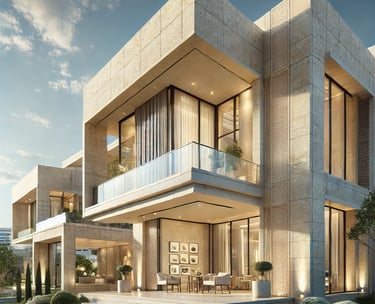

Travertine - hardness of natural stone:
Travertine, despite being quite porous and lightweight compared to other natural stones, has a relatively high hardness. On the Mohs scale, travertine has a hardness of 6-7, which means it is sufficiently resistant to scratches and mechanical damage. However, its porous structure makes it more susceptible to absorbing water and dirt, so it requires proper care, especially in high-traffic areas. These properties make travertine suitable for use in areas of moderate use, such as residential floors and building facades.

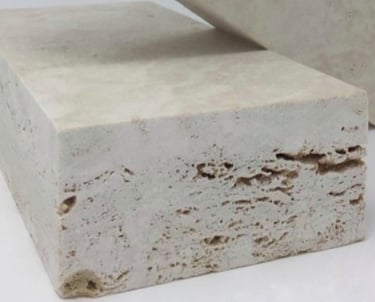
Travertine - the size of the stone market:
The stoneware market, especially that for travertine, is developed worldwide, with dominant markets in Europe, Asia and North America. Travertine is in demand in both commercial and residential construction, making its market ever growing. Italy, in particular, is one of the largest producers and exporters of travertine in the world, but countries such as Turkey and China are also rising to the forefront in the production and sale of the material. Growth predictions for the travertine market point to further development, especially in tiles, cladding and architectural finishes. Travertine is also valued for its eco-friendly production, making it an environmentally friendly material.
NATURAL STONE WHOLESALE
Luxury Italian travertine stone
Bartosz Klita
Privacy policy
© 2025. All rights reserved
cONTAcT ME
Send message


mo - fri 9:00 - 17:00
